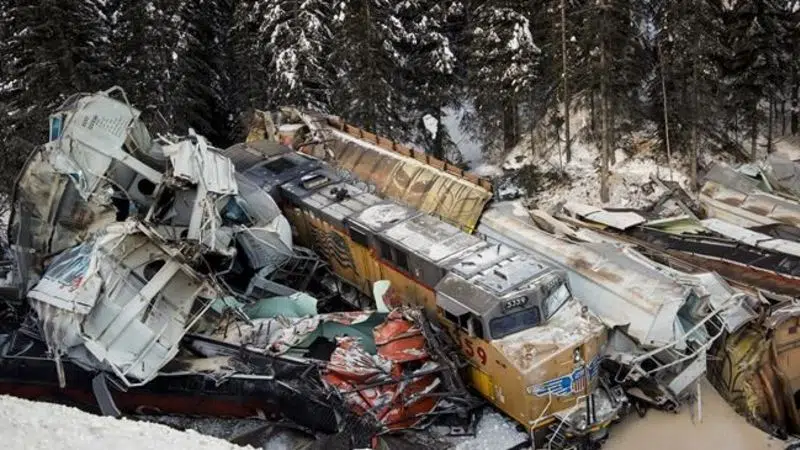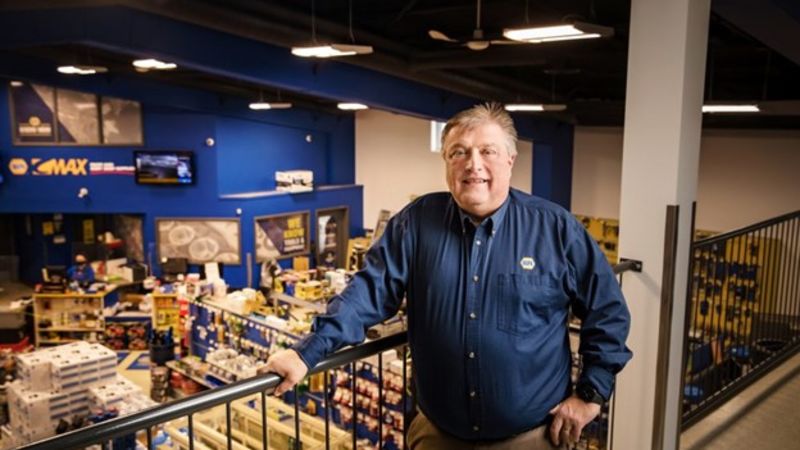
‘Not anything the crew did:’ TSB says fatal train derailment started on its own
CALGARY — A Canadian Pacific freight train parked on a frigid night in the Rocky Mountains began to move on its own before a derailment that killed three workers and sent 99 grain cars and two locomotives hurling off the track.
The Transportation Safety Board says the westbound train had been parked on a grade with its air brakes applied for two hours near Field, B.C., just west of the Alberta-B.C. boundary, when it started rolling. The handbrakes were never applied.
“It was not anything the crew did,” senior investigator James Carmichael said Tuesday. “The train started to move on its own.”



